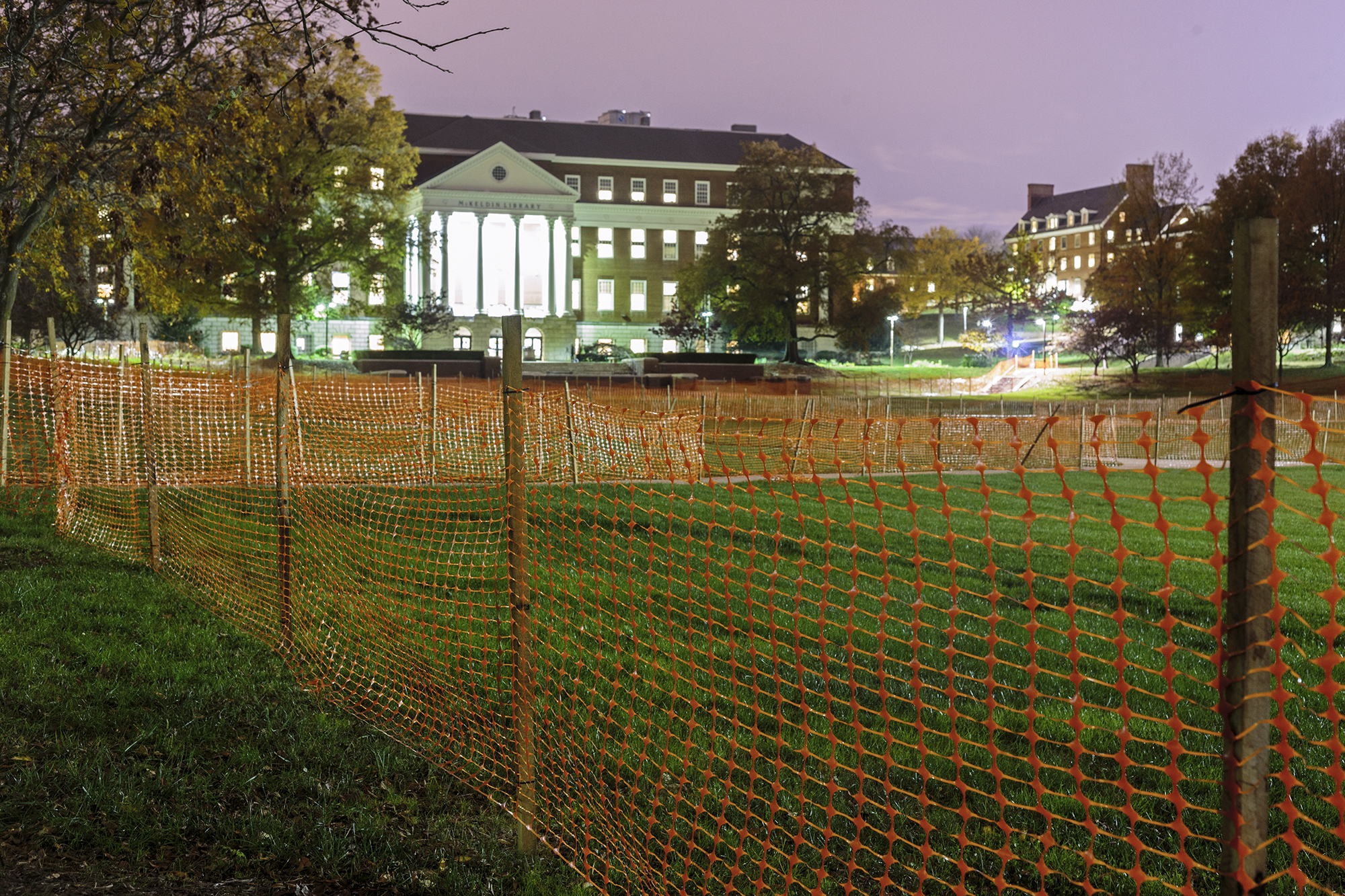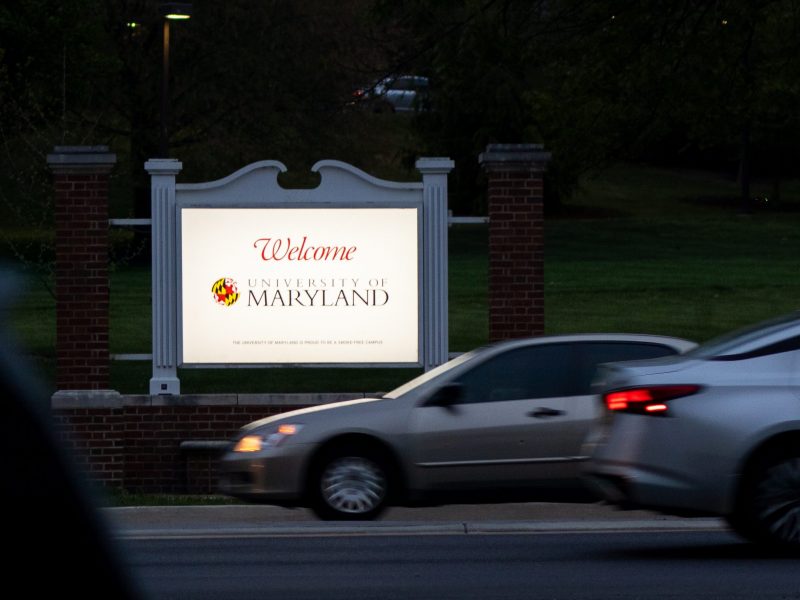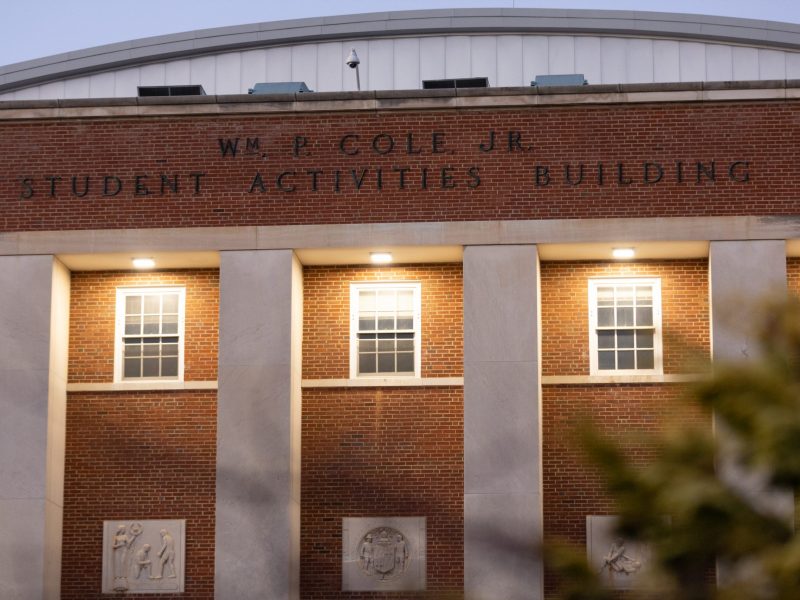While President-elect Donald Trump may have campaigned on building a wall, the University of Maryland has its own divisive barrier: fences on McKeldin Mall.
The bright orange fences, which were put in during late September as a result of the construction to the upper part of the mall, are there to keep employees and students off of the newly planted sod, said Bill Olen, executive director of planning and construction.
Phase one of the mall renewal, which started May 26 and ended in mid-October about 42 days late, cost about $2 million and replaced antiquated underground utility systems on the upper part of the mall. A new irrigation system was installed, as well as a new water line and an improved storm drain, according to a past Diamondback article. Phase two will start next summer on the lower part of the mall, and students and faculty might see a reappearance of the orange fences when that construction finishes, Olen said.
“The longer [the sod] remains undisturbed, the greater the ability for it to establish a vigorous root system before the winter weather ends the growing season,” Olen said.
Once the grass is planted in a new area, it only takes a few days for it to grow roots, Olen said, but the longer the grass remains undisturbed, the bigger the roots become. Olen noted that this is important for the winter when the roots stop growing entirely, which happens after the first heavy freeze of the season. If the roots haven’t grown enough, the sod will die, he added.
“It would be a shame to do all of that work during the summer just to have the sod destroyed by people walking on it,” Olen said. “It would be such a waste of money.”
As of now, Olen thinks the newly planted grass is in good shape to survive the winter, but that could change if a lot of people start walking on the sod, he said.
“It’s not a big deal if one person walks across the grass, but large events on it would disrupt it,” he said. “We would like everyone not to do it, but if someone walks through that area there’s no ramifications.”
Olen said Facilities Management used to use rope or wire to block off certain areas on the campus, but that these new plastic fences — which are recyclable and owned by the contractor hired for the project — are a safer alternative because “if someone falls, or even runs into the fences they won’t get hurt because of the plastic material.”
As for the color, the bright orange shade was chosen so it is more visible for people on skateboards or riding bicycles at night, Olen said.
George Mobille, a freshman philosophy major, said he understands why the fences were put in, but would rather them not be there.
“I don’t mind that the fences are here, although it would be nice to sit here on the grass,” he said. “Visually, you look down the mall and it doesn’t look as good, so it would be nicer for them not to be here, but I understand that they have to be here to take care of the grass.”
The fences will be taken down by the December commencement, said Harry A. Teabout, III, executive director of Building & Landscape Maintenance.
“The aesthetic concern is for a short period of time,” Olen said. “The mall hasn’t been renovated in over 20 years and a lot of time and money was put into this, so it’s important to get the sod established.”



